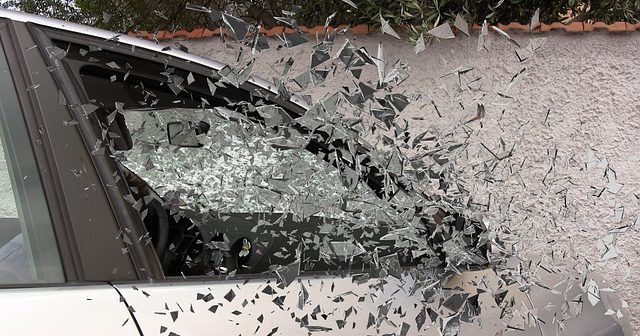Alright, buckle up, because we’re diving into the twisty world of car accident law. It’s like navigating a labyrinth with blindfolds on if you don’t know the ropes.
Most people tend to cruise through without knowing their rights and then—bam!—they get sideswiped by some obscure law. So, let’s clear the fog off your legal windshield and take a look at five important facts most people don’t understand about car accident law.
1. There Are Time Limits for Filing Claims
Think of the statute of limitations like an expiration date on your yogurt—it’s all about timing. In car accident law, it basically means you’ve got a countdown clock to sue after a traffic tussle. Miss that deadline and your claim might as well be roadkill.
It isn’t one-size-fits-all, either – different states set their own timers for when you can legally rev up a lawsuit. So, make sure you familiarize yourself with the law in your state, whether that’s California or Oregon.
If you’re mulling over taking legal action, do it with some pep in your step! Don’t dawdle or you could close the door on seeking justice (and compensation) for good.
2. You Can Sue for Property Damage — Even if You’re Not Injured
Having no bruises or broken bones doesn’t necessarily mean you can’t swing a lawsuit after a car wreck. If your ride took a hit and now it’s looking less Fast & Furious and more Mad Max, you might have some legal moves to make.
But here’s the deal—your claim needs two green lights. One, the crash needs to have some percentage of fault on the other driver. And two, there’s legit property damage.
So, you can sue after, for instance, a Portland car accident if you are not hurt – as long as you’ve got those two boxes checked.
3. Comparative Fault Means Both Drivers Share the Blame
Comparative Fault is pretty darn crucial. It means that, if you’re part of a fender bender, it’s not just a black-and-white case of who’s at fault. Both drivers can share the blame pie with different-sized slices.
And here’s the clincher: your slice affects how much dough you can recover for damages. A bigger slice on their end could mean more compensation in your pocket. But if you’re slinging a significant piece of that fault pie too, buckle up because your payout is going to shrink!
4. Insurance Policies Have Limits
When you’re gunning for compensation after a car crash, there’s this thing called insurance policy limits that can put the brakes on how much cash you can collect. Basically, every insurance policy has a max payout cap—the limit. Even if your damages are through the roof, they won’t break past these caps.
So, if the other driver’s coverage is more on the skimpy side and your costs exceed it, collecting the extra moolah might be like trying to squeeze water from a stone—you might have to look elsewhere, like your own underinsured motorist coverage.
5. Accidents with Uninsured Drivers Are a Hidden Hurdle
Here’s a curveball—getting hit by an uninsured driver. It’s like finding out your parachute is a backpack mid-fall. If the person at fault is cruising without insurance, that could leave you hanging when it comes to compensation.
Sure, you can sue them directly, but getting money from someone who couldn’t afford insurance might be like getting blood from a turnip.
That’s where your own coverage could be the hero—you do have uninsured motorist protection, right? If not, let this be the nudge to check your policy and maybe beef it up. Because when it comes to car accidents, it’s best to pack your own safety net.




